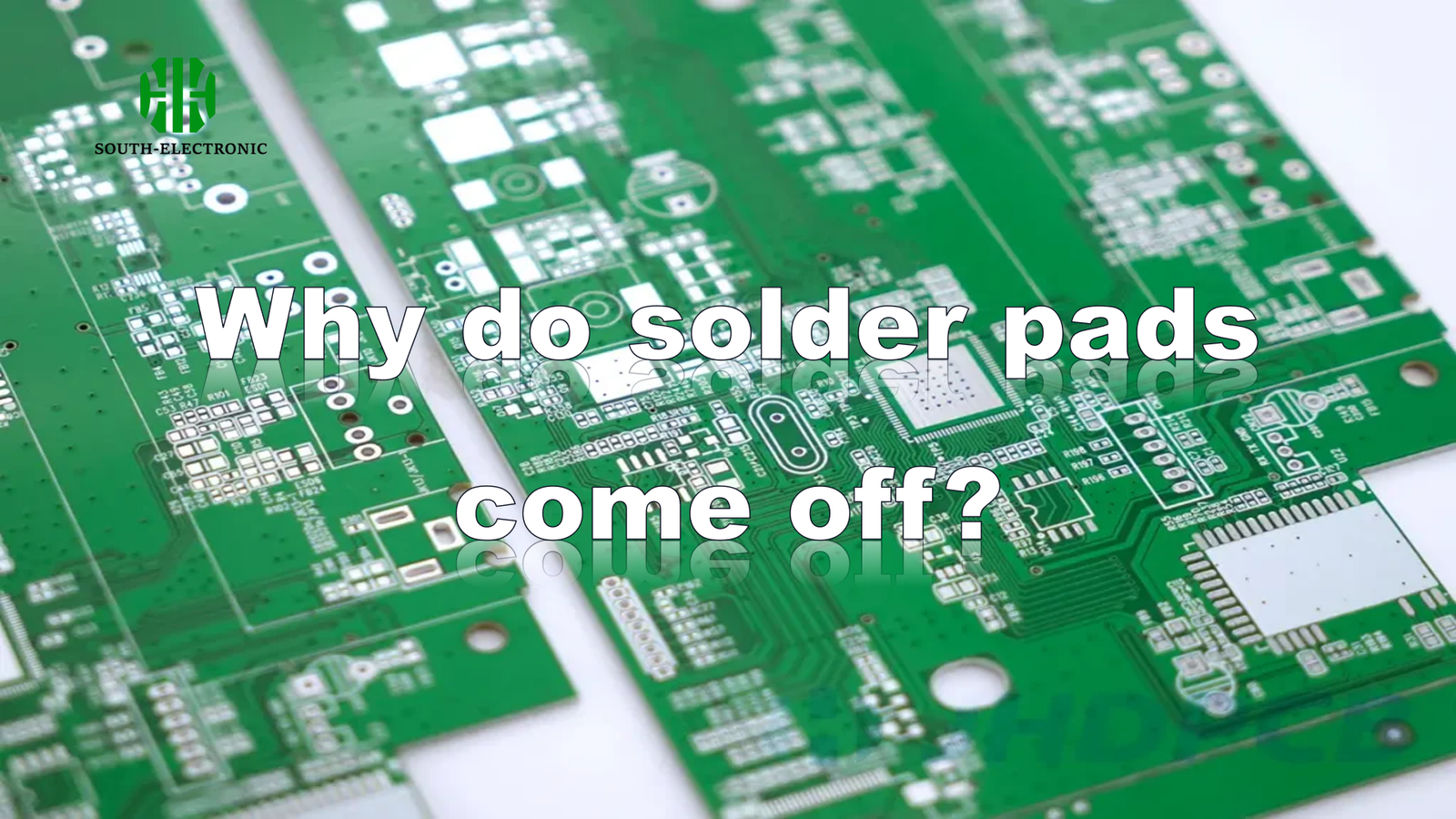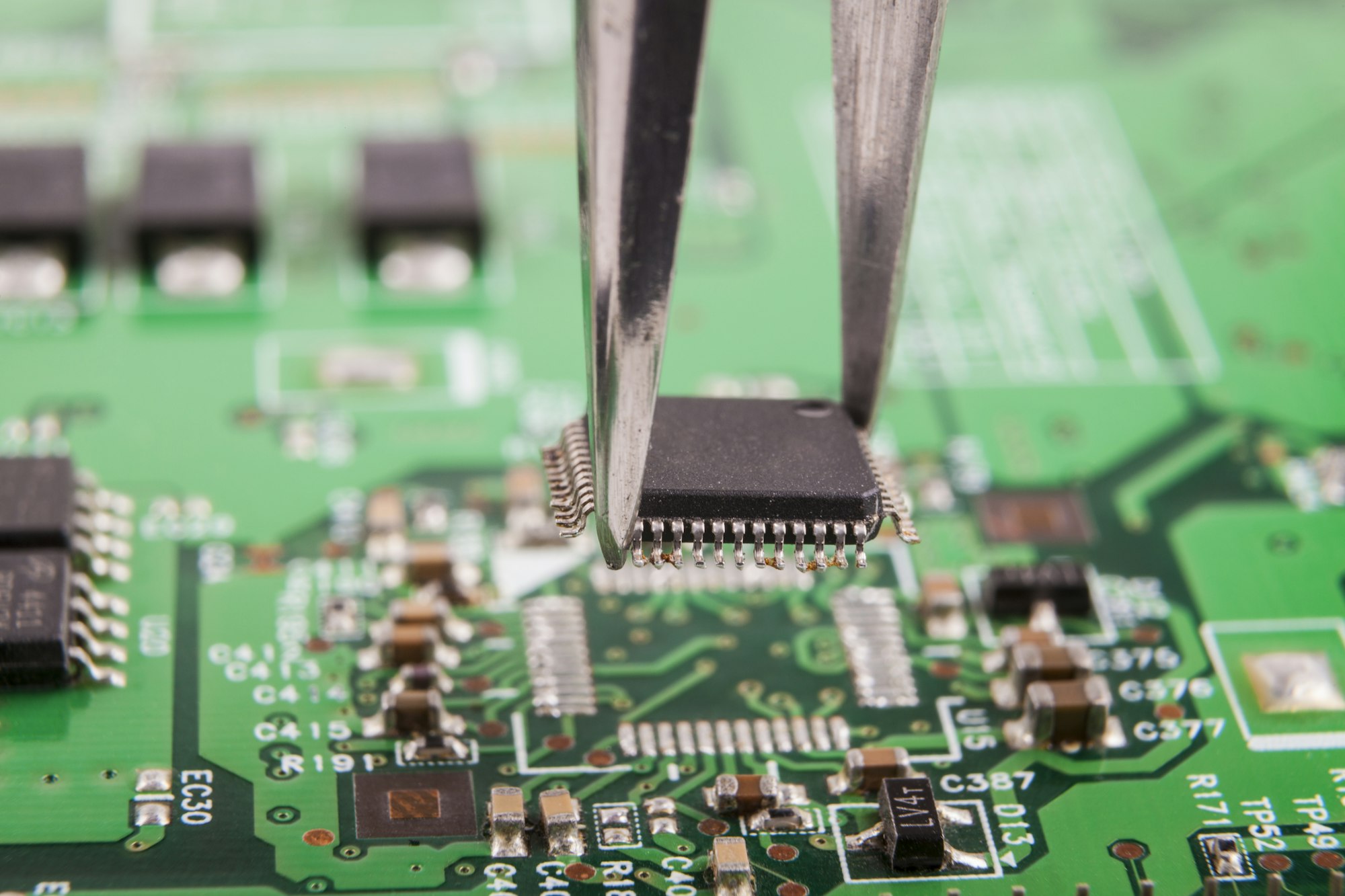Ever found your circuit board’s solder pads lifting during assembly? That tiny copper disc detaching ruins your component connection. Suddenly, your project stops dead. I’ve torn pads off prototypes before, facing costly delays and frustration. What triggers this nightmare? Let’s uncover why.
Solder pads detach due to excessive heat, mechanical stress, or low PCB quality. Overheating from soldering, pressure from tools, or cracked pads cause failure. Oxidation and multiple reworks weaken bonds. Prevent damage by controlling iron temperature and handling boards gently.

Now we’ve seen core causes, but pad failures happen in specific ways. Understanding failure modes helps us avoid and fix them. Different repair strategies apply too. Material choices also dramatically impact pad durability. Let’s break this down step by step.
How Do Solder Pads Fail?
Picture reworking a Raspberry Pi circuit when the pad rips off. That sinking feeling? I’ve been there. Failure isn’t random. It follows patterns we can predict. Spotting these early saves boards.
Solder pads fail mechanically, thermally, or chemically. Pulling wires strains joints. Heating cycles fatigue materials. Corrosion attacks metal layers. Identifying your failure type guides solutions. Prevention beats repair every time.

Three Key Failure Methods
Pad failure splits into physical force, temperature cycles, and chemical decay. See the differences:
| Failure Type | Causes | Visual Signs |
|---|---|---|
| Mechanical Force | Prying components, bending boards, excessive soldering tip pressure | Cracked pad edges, lifted copper fragments |
| Thermal Stress | Soldering iron above 300°C, multiple reworks, fast heating/cooling | Blistering substrate, darkening around pad edges |
| Chemical Degradation | Flux residue, moisture exposure, polluted copper surface | Green oxidation, surface peeling, powdery residue |
Mechanical force incidents are most common in my work. Tugging components strains solder joints. The epoxy bonding copper to the fiberglass substrate fatigues. One strong pull separates layers permanently.
Thermal stress matters too. Heating copper expands it faster than the board underneath. Repeat heating fatigues the bond. Using 350°C tips guarantees trouble. Multiple repairs overheat weak points. Eventually the pad shears off cleanly.
Chemical causes sneak up. Water or acidic flux invade copper surfaces. Oxidation creates brittle interfaces. Even clean-looking pads can suffer hidden corrosion. This is why boards age poorly.
Can you fix any lifted pad?
Fixed a GPS tracker pad last week. Small success! Time matters here. Seeing torn copper can feel hopeless. But depending on damage level, clever fixes exist. Action tips the odds in your favor.
Yes, simple fixes work on lightly damaged pads. If traces remain intact, jumper wires repair broken pathways. For unrepairable cases, rebuild copper connections. Surface area determines your options. I save about 60% of lifted pads.

Key Repair Factors
Not every lifted pad can be rescued. Consider these elements:
| Situation | Repairable? | Effective Repair Strategy |
|---|---|---|
| Minor Lift (Partial Pad) | Yes | Apply epoxy glue + solder wire reinforcement |
| Pad Detached, Trace Still Connected | Yes | Bridge repair wire to component leg |
| Fully Torn Pad+Trace | Limited | Redirect connection via unused board areas |
| Surrounding Trace Damage | No | Replace affected board section |
Partial lifts win easiest fixes. Apply conductive epoxy beneath the pad. Press it gently flat. Then solder the component carefully. This works if copper isn’t ripped.
For severed traces, redirect functionality. Find nearest circuit points. Solder bridge wires from components there. My success rate drops below 40% when major traces pull up. Ground planes complicate matters.
Unrepairable pads need redesign. Sometimes I scrap the board. Prevention costs less than heroic fixes later. Material quality drastically changes outcomes.
How do surface finishes and quality of solder pad materials affect your circuit?
Built ten temperature sensors last year. Five cheap boards failed. Pad surface quality decided that. Material choices change everything. Better materials withstand stress longer. Don’t gamble on unknown sources.
Solder pad surface finishes and core materials determine durability. HASL protects copper minimally. ENIG gold layers prevent oxidation. Prevalent low-grade FR4 PCBs crack easily at high temperatures. Good boards survive years longer.

Impactful Choices
Surface treatments and core selections interact complexly. See common comparisons:
| Finish/Material Type | Reliability Advantage | Thermal Reliability Risk |
|---|---|---|
| HASL (Tin-Lead) | Low cost, simple | Prone to oxidation, uneven surfaces detach easier |
| Gold ENIG Plating | Prevents corrosion, flat surface | Brittle nickel layers crack under flex stress |
| Pure Copper Thickness ≥ 1oz | Better mechanical joint strength | Heavy copper conducts heat away from sensitive points |
| Lead-Free PCB Substrate | Withstands modern high-temp soldering | Lower thermal endurance causes delamination risks |
HASL finishes dominate budget boards. The melted tin protects poorly. Oxidation creeps under solder joints. Connection fails slowly. Gold finishes like ENIG add chemical barriers. Pads resist corrosion but cost more.
Copper thickness defines pad strength. I prefer 1oz copper minimum. Thin copper conducts heat poorly. Overheating happens faster. 2oz copper improves safety margins but needs adjusted soldering.
Substrate materials matter too. Cheaper FR4 glass-reinforced epoxy blisters at 180°C. Polyimide boards tolerate 260°C. Matching your finish to usage prevents disasters. Consider your soldering temperatures.
Conclusion
Understanding why solder pads fail lets us prevent or repair most lifts. Control soldering heat. Handle boards gently. Invest in robust PCB materials. Act fast after a pad lifts. Small steps protect your circuits.



